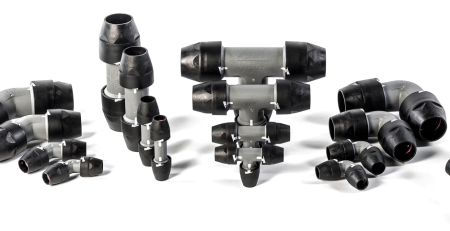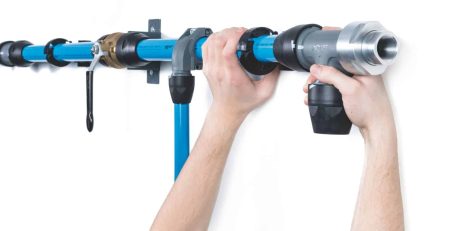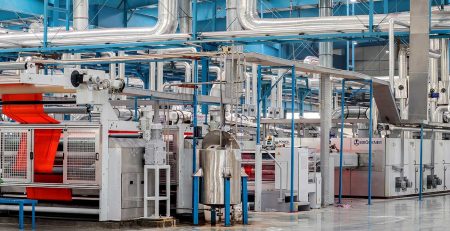
Preventing leaks in compressed air pipes
Preventing leaks in compressed air pipes is crucial for maintaining the efficiency and cost-effectiveness of a compressed air system. Leaks can lead to significant energy waste, reduced system performance, and increased operational costs. Here are some strategies to help prevent leaks in compressed air pipes:
Quality Installation: Ensure that the compressed air pipes are installed correctly by following proper installation practices. Use qualified personnel or contractors experienced in compressed air system installation. Properly cut, clean, and deburr pipe ends before making connections. Use appropriate fittings, connectors, and seals to ensure a secure and leak-free installation.
Choose High-Quality Materials: Select high-quality pipes and fittings that are designed for compressed air applications. Use materials that are durable, corrosion-resistant, and compatible with the operating pressure and air quality requirements of the system. Consult manufacturer specifications and industry standards to ensure proper material selection.
Adequate Pipe Support: Properly support the pipes with hangers, clamps, or brackets to prevent stress, sagging, or movement that can cause leaks over time. Ensure that the supports are installed at appropriate intervals to maintain the alignment and stability of the pipes.
Regular Inspection and Maintenance: Implement a regular inspection and maintenance program to identify and address any potential leaks. Conduct visual inspections of the compressed air system, including pipes, fittings, valves, and connections. Look for signs of leaks such as hissing sounds, air bubbles, or pressure drops. Regularly check and tighten fittings, valves, and connections as part of routine maintenance.
Use Thread Sealants or Teflon Tape: Apply thread sealants or Teflon tape on threaded connections to create a reliable seal and prevent leaks. These sealants help fill gaps and create a tight connection between threaded fittings, reducing the risk of leaks.
Minimize Vibration and Movement: Excessive vibration or movement of the compressed air pipes can loosen connections and lead to leaks. Take measures to minimize vibration, such as using flexible connectors or installing vibration isolators. Ensure that pipes are properly anchored and secured to prevent movement that can cause stress and leaks.
Conduct Leak Detection Tests: Periodically perform leak detection tests to identify any hidden or small leaks that may not be visible during routine inspections. Various methods can be used, including ultrasonic leak detectors, pressure drop tests, or soap bubble tests. These tests help locate leaks and allow for timely repairs.
Employee Training and Awareness: Educate employees and system operators about the importance of leak prevention and energy conservation. Encourage them to report any signs of leaks or unusual air loss. Promote a culture of leak prevention and involve employees in regular maintenance and inspection activities.
By implementing these preventive measures, you can significantly reduce the occurrence of leaks in compressed air pipes and ensure the efficient operation of your compressed air system. Regular maintenance, timely repairs, and a proactive approach to leak prevention will help optimize system performance, reduce energy waste, and minimize operational costs.








